I, robot: the machines are here and have us in their sights
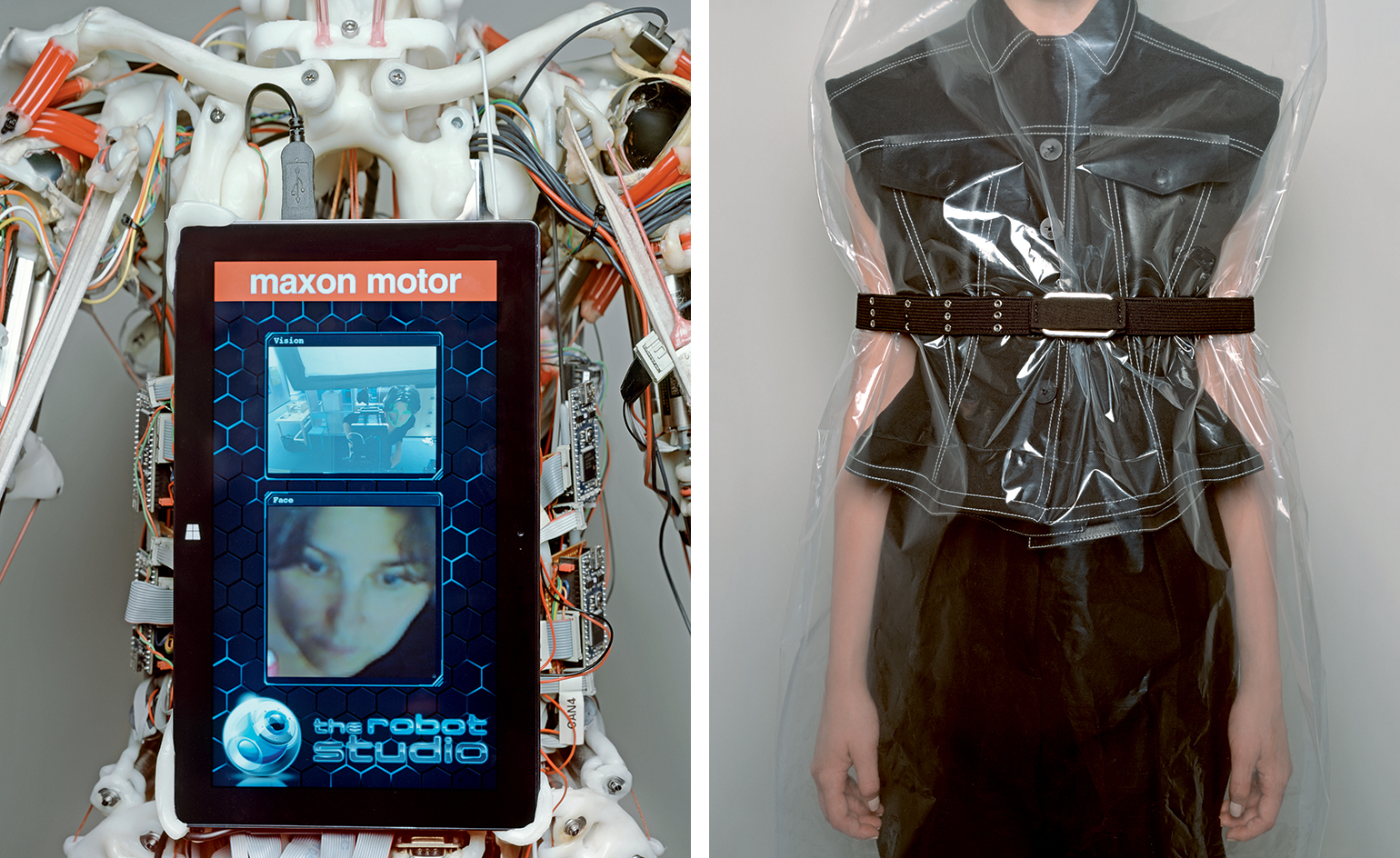
Few technologies have been so extensively foreshadowed as robotics. For nearly 100 years, we’ve indulged in an array of speculative fictions that have defined the form, function and social impact of robots far in advance of the available technology. As a result, automation is treated more as a cultural trope than an economic threat. All the while the robots are fermenting the stealthiest industrial revolution in history.
We delved behind the scenes at the London Science Museum’s recent exhibition about our obsession with mechanical life forms. As well as asking the big questions about robotic pasts, presents and futures, the show offers up a rogue’s gallery of android approximations of specialist applications, from healthcare through to entertainment.
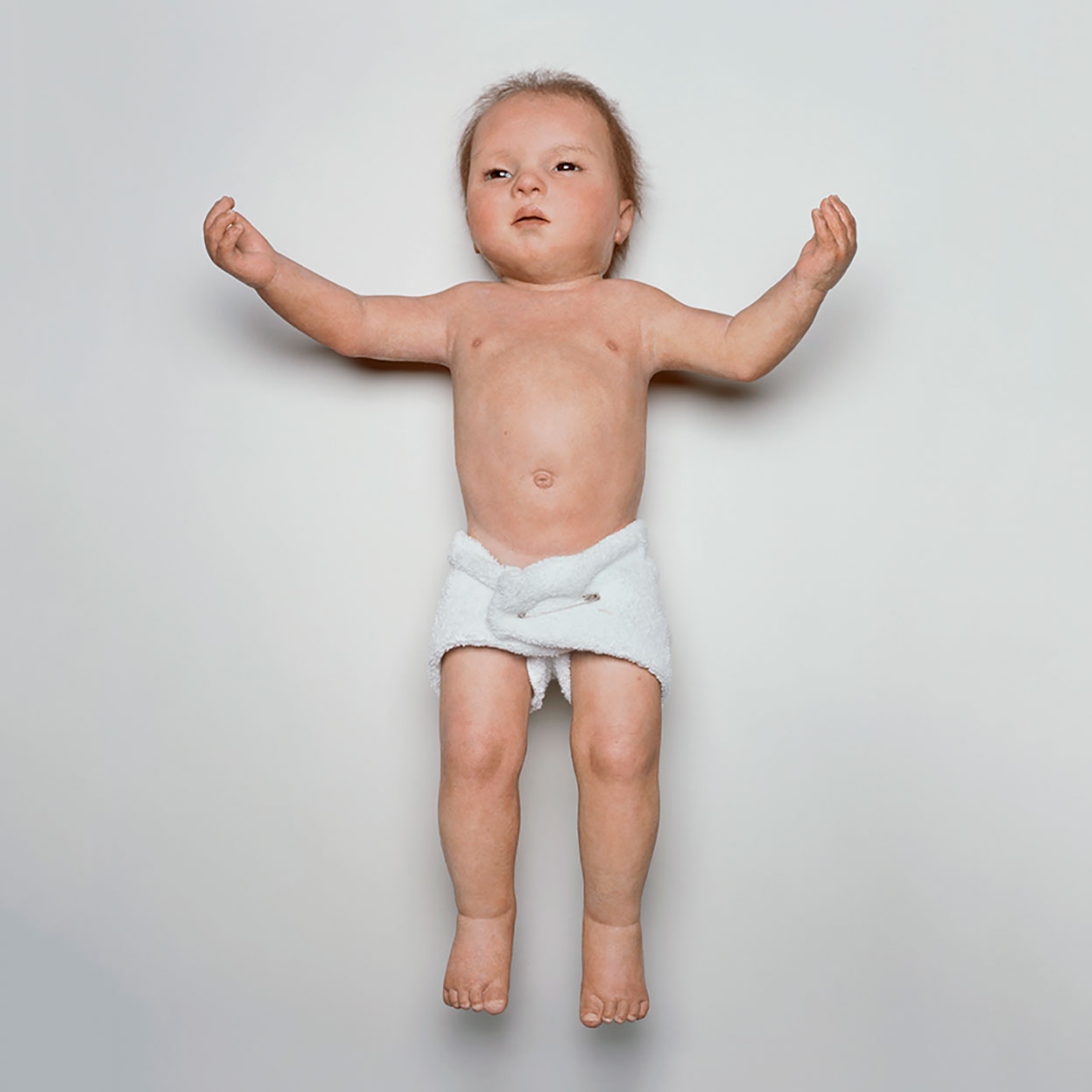
This lifelike mechanical baby, made by a special effects company, has latex skin and metal joints, which allow it to sneeze, move its arms and legs, and appear to ‘breathe’
Popular perception of robots rarely aligns with reality. Large swathes of modern industry are automated beyond the point of no return. Cars, white goods and electronics all depend on robotic manufacture, and the huge labour populations deployed to assemble iPhones, laptops and sneakers are also being usurped by robotic alternatives with no need for dorms or unions. China is the largest buyer of industrial robots in the world. Yet, for most consumers, it matters not a jot if an assembly shop is powered by sweat or sparks; the end result is the same. Instead, we seem hard-wired to seek out emotional attachments with robots, happily ignoring the irreplaceable mechanical ballet of the robotic production line.
Perhaps this is our species’ great mistake; we want robots to be familiar and friendly, whereas their uglier, more adept relatives are quietly doing the heavy lifting we’d rather not deal with. As a result, the path to automation is unstoppable, with global industrial robot sales rising year on year. Change will come with the robotic shift from physical to emotional labour.
Projects like Komodroid, a ‘robot newscaster’ that reads headlines without inflection or emotion, letting you project your own feelings, or ROSA (Rob’s Open Source Android) with its imitation of human muscular structures and spooky face-tracking ability, only scratch the surface of our desperation to love, and be loved, by the machine. Many generations of cultural representation have given robots direct access to our heartstrings, and we haven’t even touched on the thorny issue of sex, let alone death.
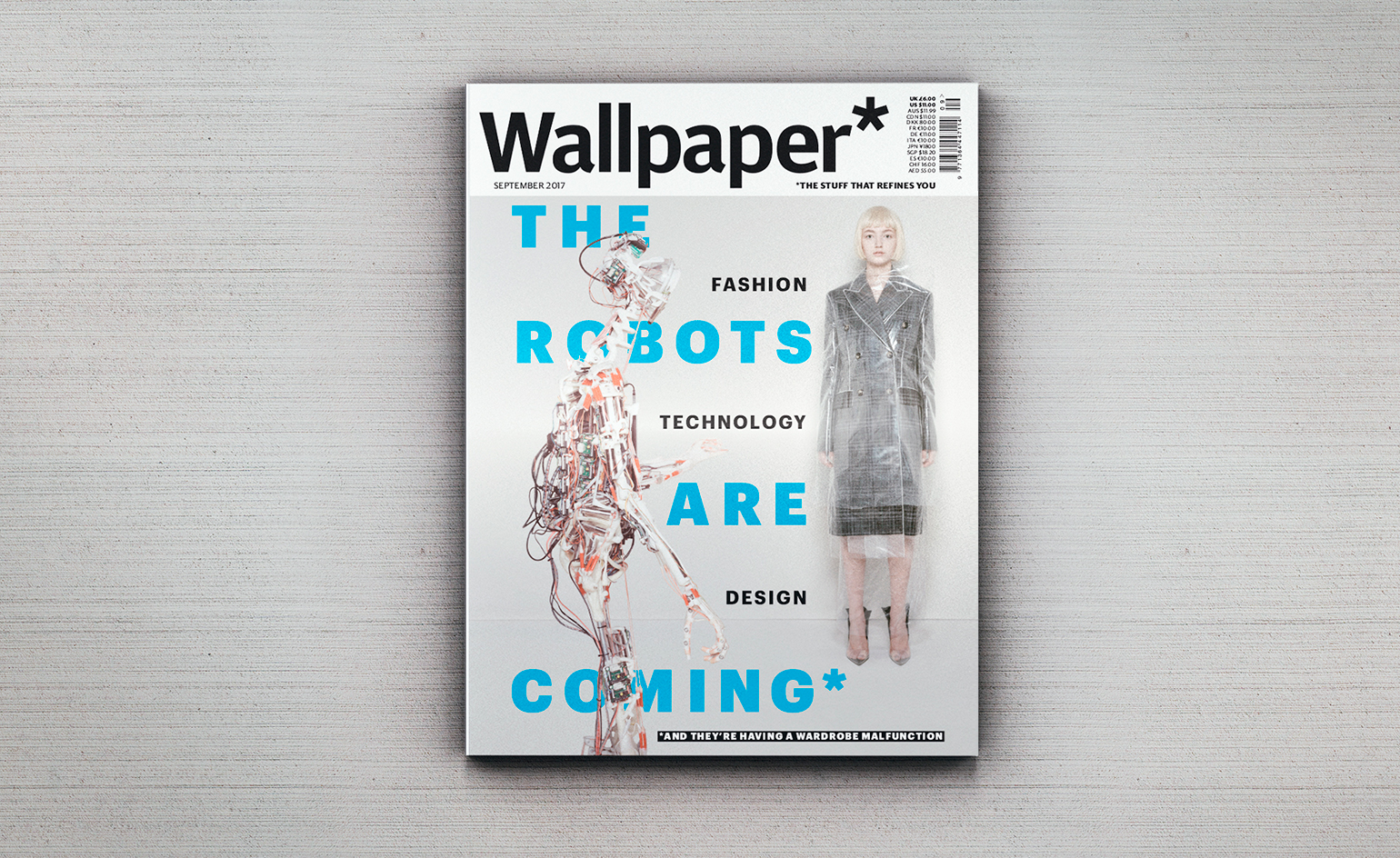
See more of the September 2017 Style Special here
It’s safe to say that every conceivable human interaction (and form of fluid exchange) will eventually be subcontracted to a machine. Along the way, we’ll take the mandatory trek to the ‘uncanny valley’, a dive into the awkward intersection between true-to-life human features and the skin-crawling consequences of getting it a bit wrong.
This partly explains why humanoid, but not human-like, robots generate the most affection among those who interact with them. A robot is still best at doing a single thing exceptionally well, be it sifting, sorting, sweeping, welding or stamping. And yet technologists and consumers seem compelled to empower our metal friends to do much, much more. Unfortunately, we have little idea of what will happen once they actually can.
As originally featured in the September 2017 issue of Wallpaper* (W*222)
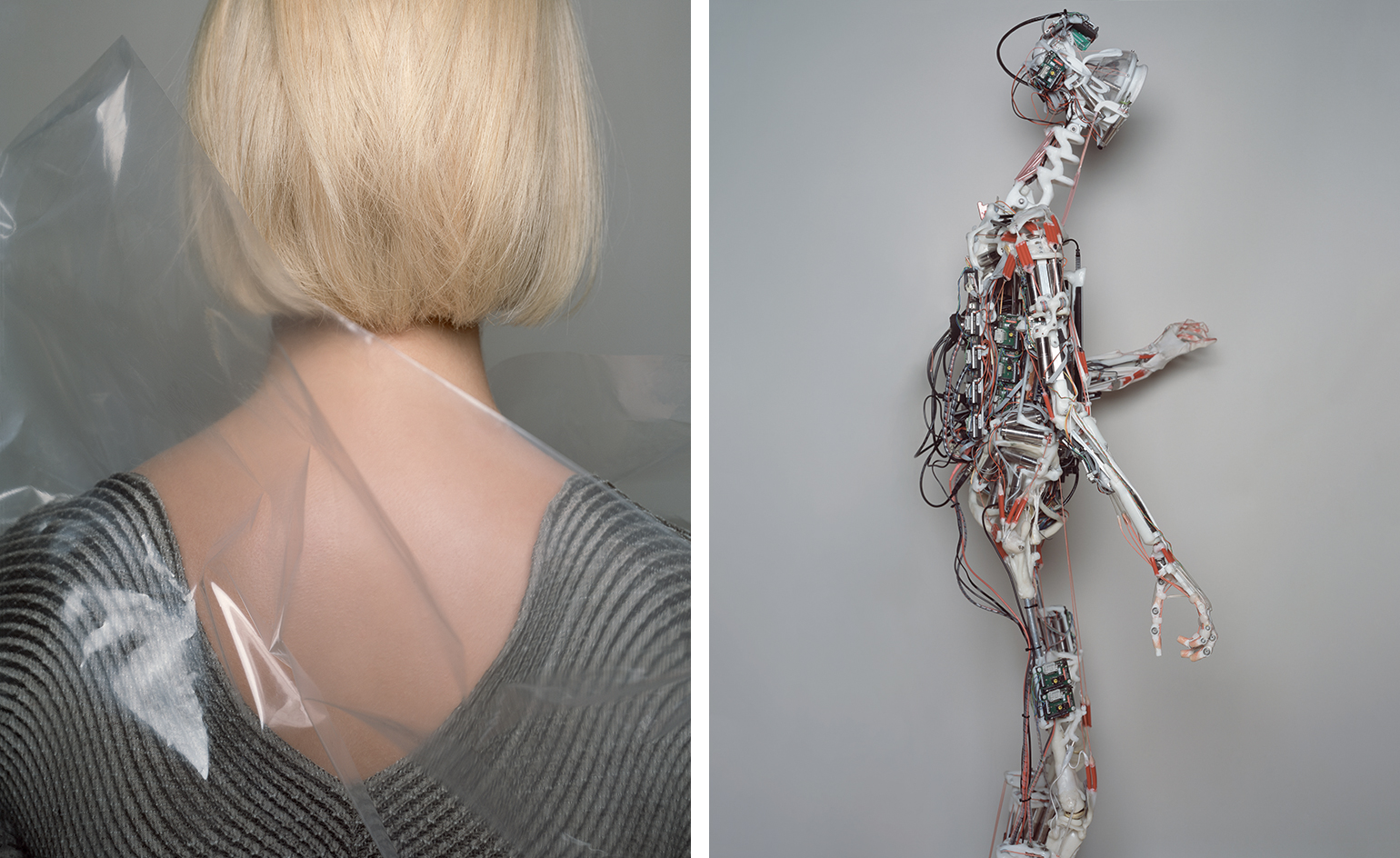
Left, dress, £1,330, by Issey Miyake. Right, ROSA, built by roboticist Rob Knight, was inspired by the structure of the body, and its movements are uncannily human. It has facetracking software and motors which allow its neck and eyes to follow people as they move around

Left, the Honda P2 prototype, which, when it was unveiled in 1996, was the first humanoid robot capable of independent walking. Right, jumpsuit, £5,535, by Chanel

Left, ROSA has a plastic skeleton structure controlled by ropes that act as tendons and motors that act as muscles. Right, coat, €745, by Dolce & Gabbana. Leotard, £40, by Repetto
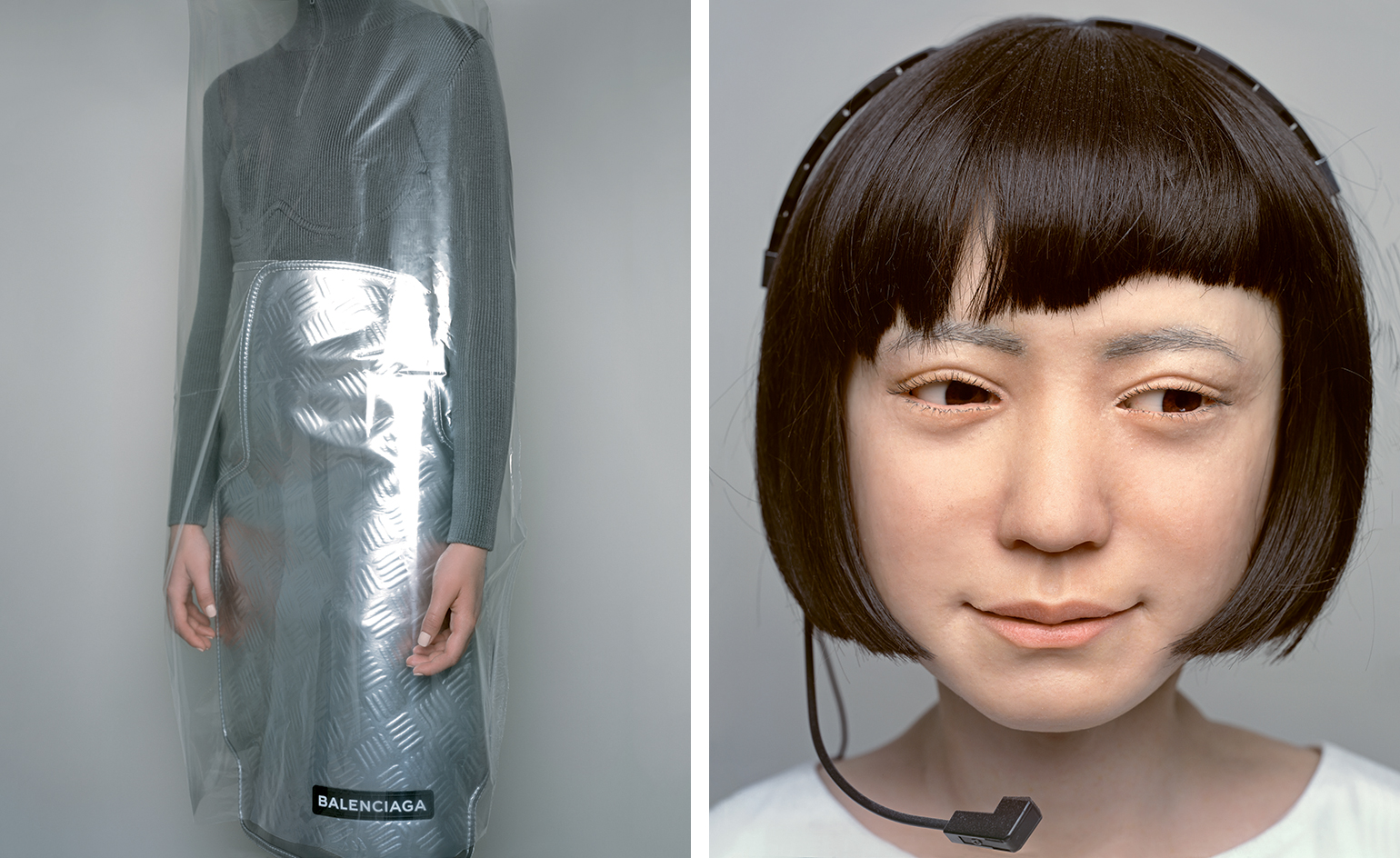
Left, top, £795; skirt, £2,950, both by Balenciaga. Right, Kodomoroid was made in 2014 and is the world’s first robot newscaster
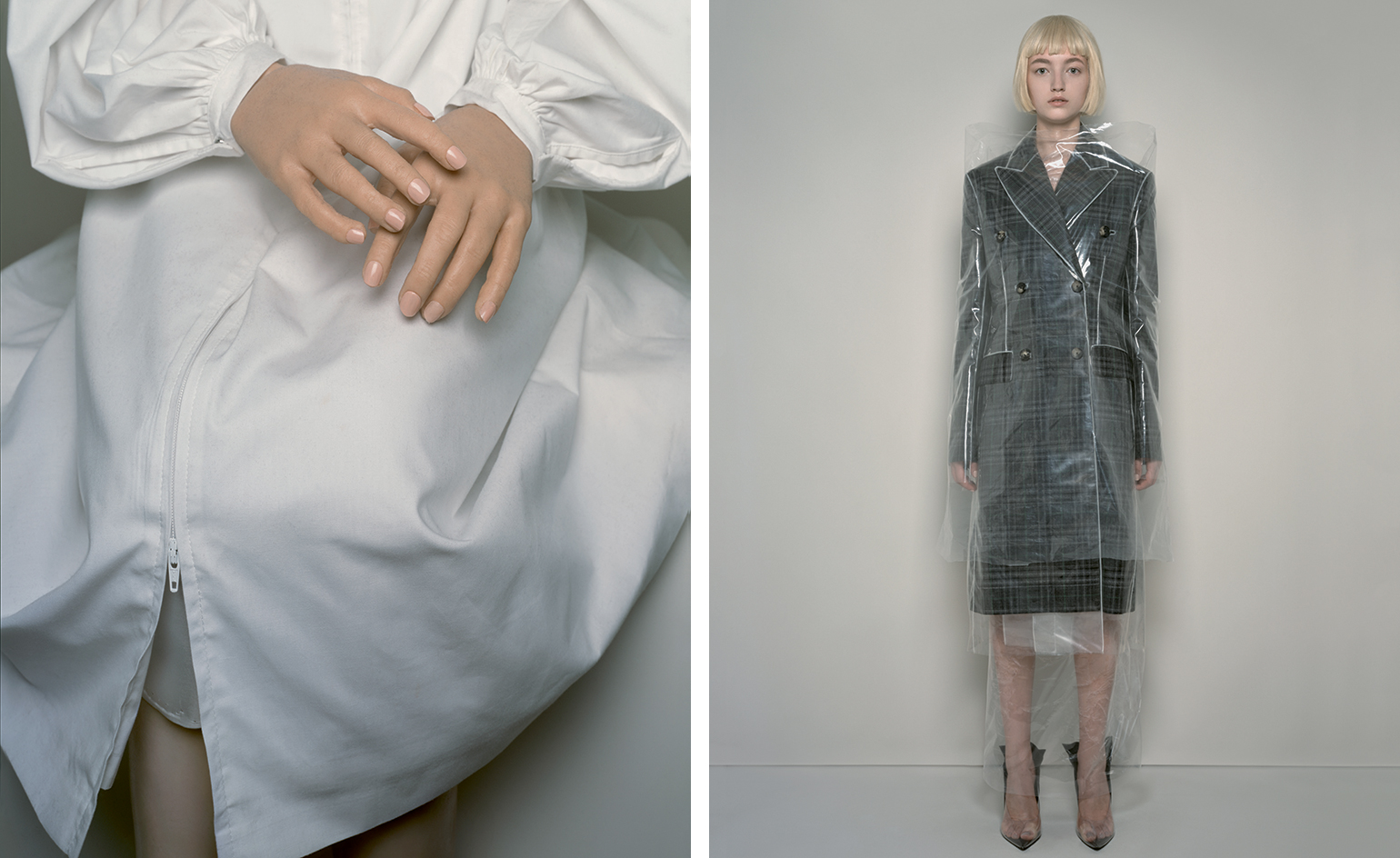
Left, robot newscaster Kodomoroid is modelled closely on a real person, from her precise dimensions to casts of her teeth. Right, coat, £2,750; pumps, £720, both by Calvin Klein 205W39NYC
INFORMATION
‘Robots’ is showing at the London Science Museum until 3 September. It will then show at the Museum of Science and Industry in Manchester from 19 October 2017 to 15 April 2018 as part of the Manchester Science Festival. For more information, visit the London Science Museum website
ADDRESS
Receive our daily digest of inspiration, escapism and design stories from around the world direct to your inbox.
London Science Museum
Exhibition Road
London SW7 2DD
Jonathan Bell has written for Wallpaper* magazine since 1999, covering everything from architecture and transport design to books, tech and graphic design. He is now the magazine’s Transport and Technology Editor. Jonathan has written and edited 15 books, including Concept Car Design, 21st Century House, and The New Modern House. He is also the host of Wallpaper’s first podcast.
-
 How to elevate a rental with minimal interventions? Charu Gandhi has nailed it with her London home
How to elevate a rental with minimal interventions? Charu Gandhi has nailed it with her London homeFocus on key spaces, work with inherited details, and go big on colour and texture, says Gandhi, an interior designer set on beautifying her tired rental
-
 These fashion books, all released in 2025, are the perfect gift for style fans
These fashion books, all released in 2025, are the perfect gift for style fansChosen by the Wallpaper* style editors to inspire, intrigue and delight, these visually enticing tomes for your fashion library span from lush surveys on Loewe and Louis Vuitton to the rebellious style of Rick Owens and Jean Paul Gaultier
-
 Out of office: The Wallpaper* editors’ picks of the week
Out of office: The Wallpaper* editors’ picks of the weekFar from slowing down for the festive season, the Wallpaper* team is in full swing, hopping from events to openings this week. Sometimes work can feel like play – and we also had time for some festive cocktails and cinematic releases
-
 ‘Architect of glamour’ Antony Price makes a high-voltage return to the runway with 16Arlington
‘Architect of glamour’ Antony Price makes a high-voltage return to the runway with 16ArlingtonFeaturing a runway debut from Lily Allen, the show saw legendary designer Antony Price – best known for outfitting Roxy Music in the 1980s – unite with 16Arlington’s Marco Capaldo on the sensual after-dark collection
-
 ‘Dirty Looks’ at the Barbican explores how fashion designers have found beauty in dirt and decay
‘Dirty Looks’ at the Barbican explores how fashion designers have found beauty in dirt and decayFrom garments buried in River Thames mud to those torn, creased and stained, ‘Dirty Looks’ is a testament to how ‘creativity and new artistic practices can come out of decay’, its curators tell Dal Chodha
-
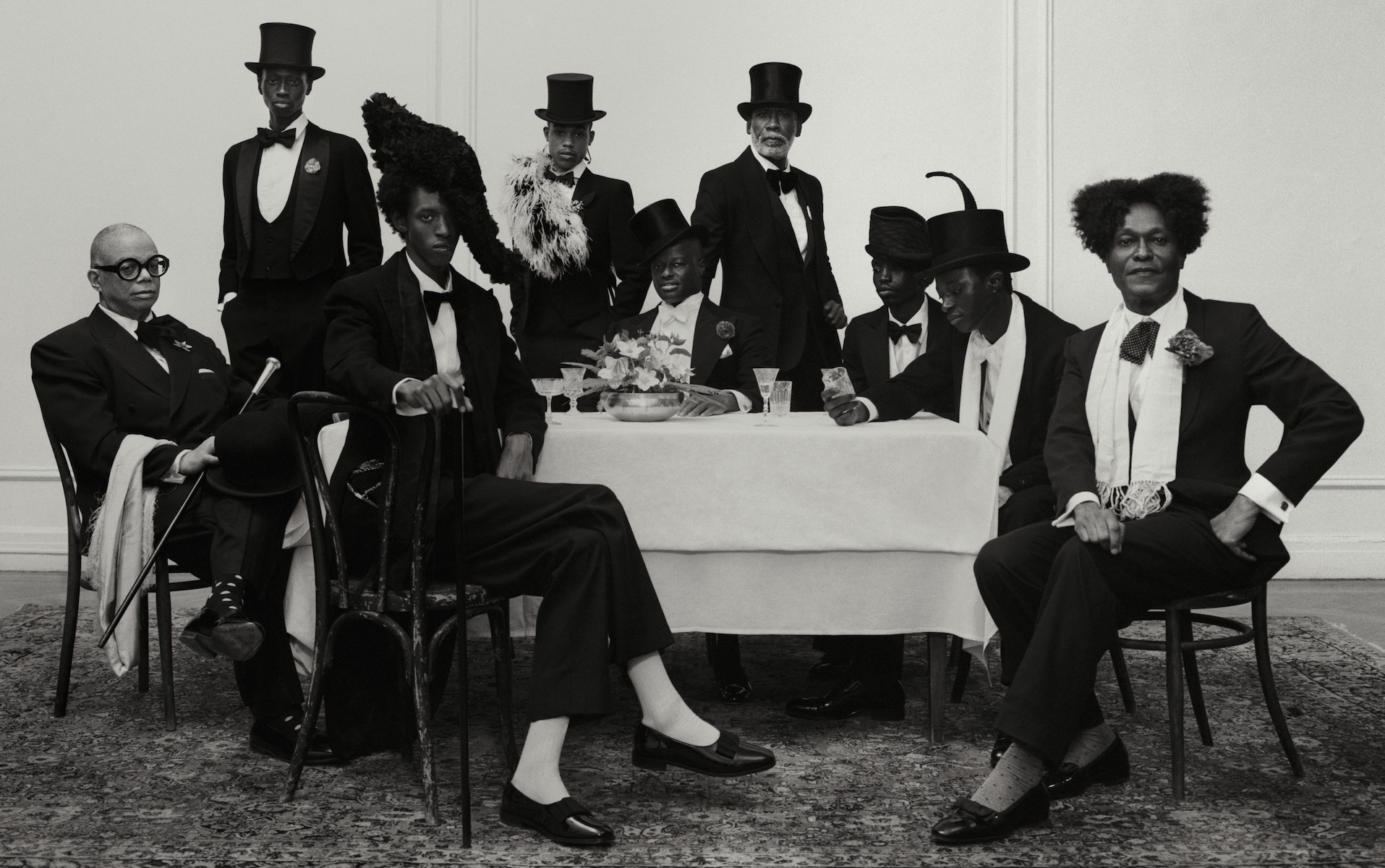 Tyler Mitchell’s London show explores the figure of the Black Dandy, ‘imagining what else masculinity could look like’
Tyler Mitchell’s London show explores the figure of the Black Dandy, ‘imagining what else masculinity could look like’Originally part of a visual essay to accompany the Met’s ‘Superfine’ 2025 Costume Institute exhibition, ‘Portrait of the Modern Dandy’ goes on display at Gagosian Burlington Arcade in London this week
-
 Inside Louis Vuitton’s Murakami London pop-up, a colourful cartoon wonderland with one-of-a-kind café
Inside Louis Vuitton’s Murakami London pop-up, a colourful cartoon wonderland with one-of-a-kind caféWallpaper* takes a tour of the Louis Vuitton x Murakami pop-up in London’s Soho, which celebrates the launch of a new ‘re-edition’ accessories collection spanning the greatest hits from the Japanese artist’s long-running collaboration with the house
-
 Get to know Issey Miyake’s innovative A-POC ABLE line as it arrives in the UK
Get to know Issey Miyake’s innovative A-POC ABLE line as it arrives in the UKAs A-POC ABLE Issey Miyake launches in London this week, designer Yoshiyuki Miyamae gives Wallpaper* the lowdown on the experimental Issey Miyake offshoot
-
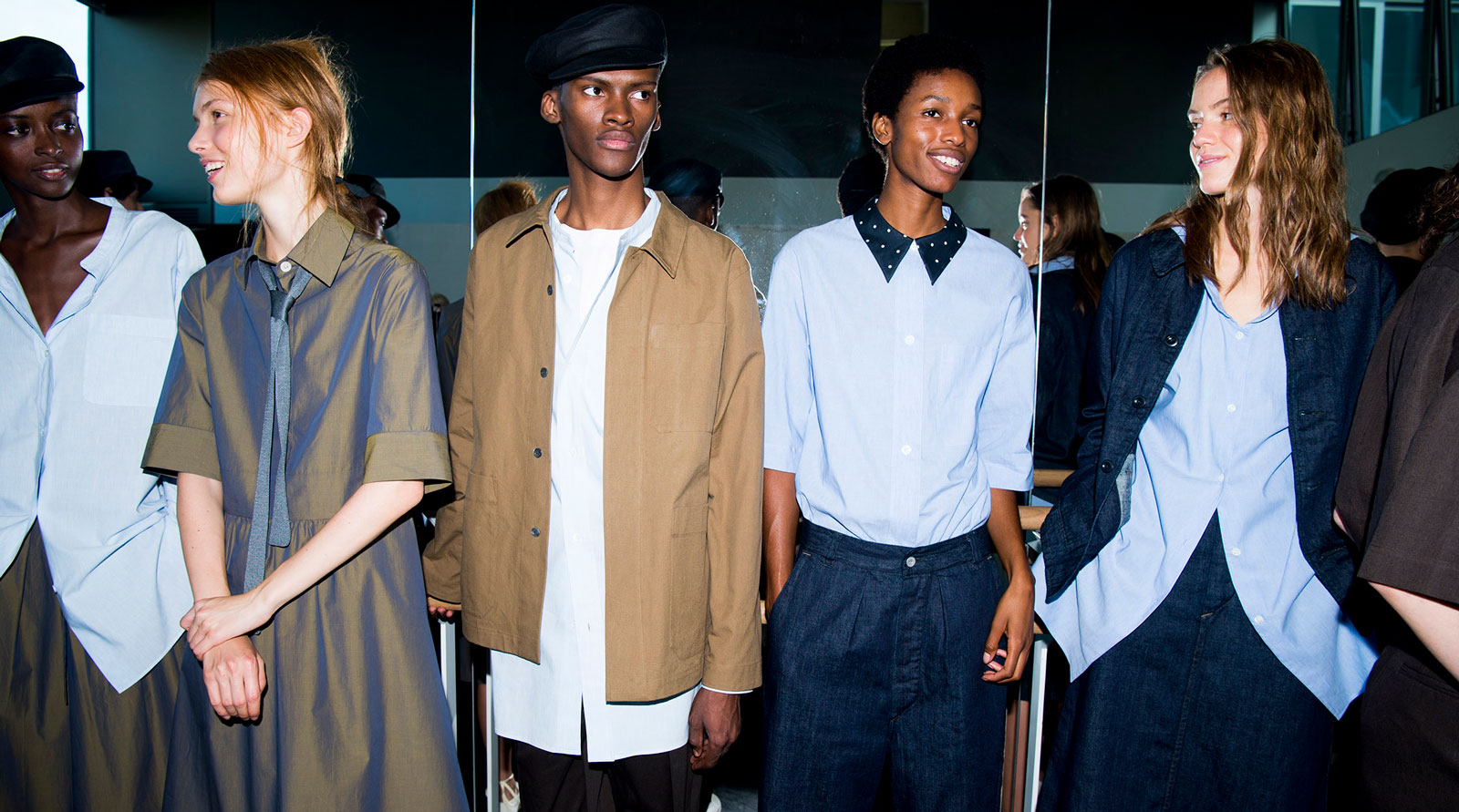 Margaret Howell London Fashion Week Women's S/S 2019
Margaret Howell London Fashion Week Women's S/S 2019 -
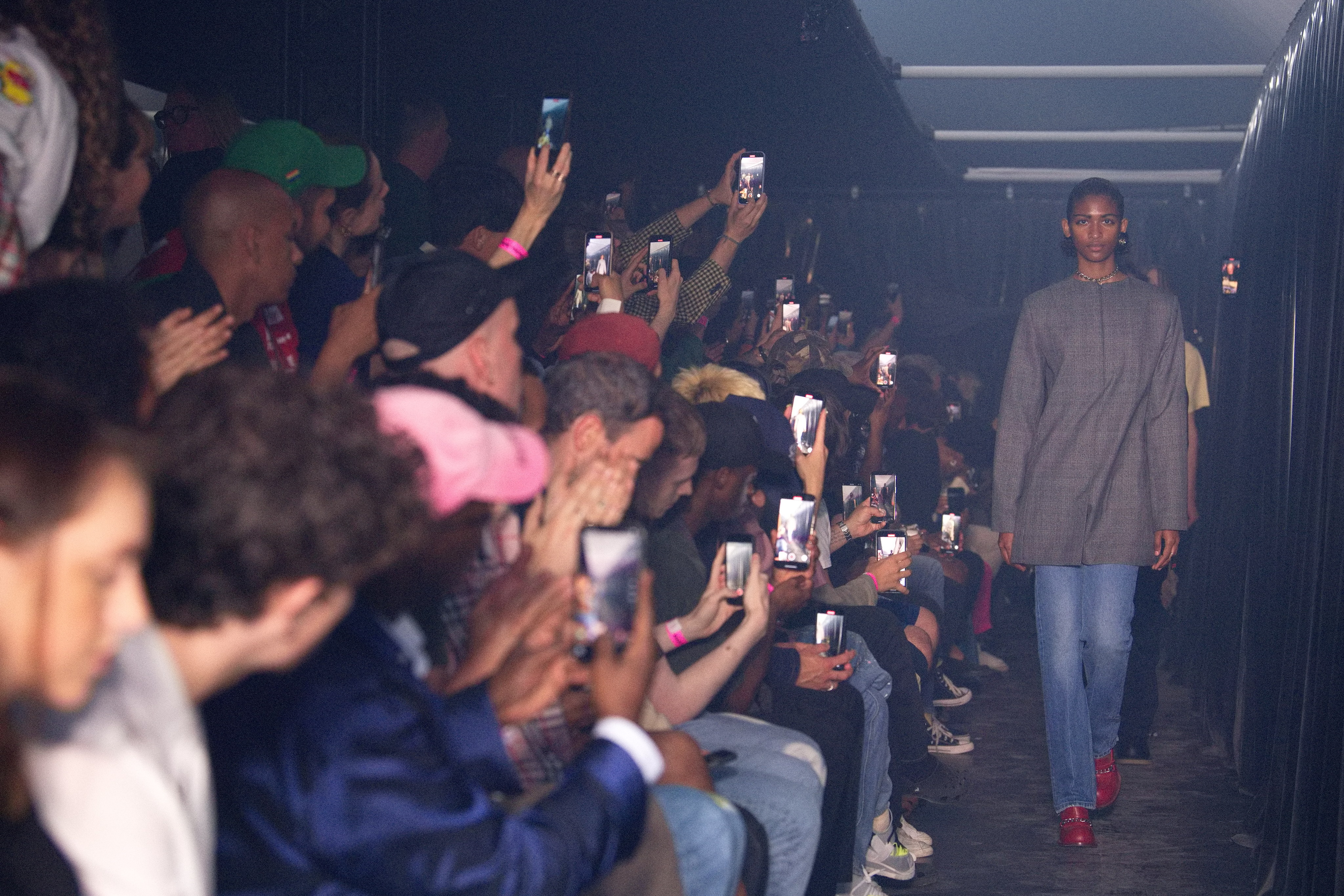 London Fashion Week S/S 2023: Ahluwalia to Martine Rose
London Fashion Week S/S 2023: Ahluwalia to Martine RoseThough slimmed-down, London Fashion Week nonetheless provided the moments of creative expression the city is known for – from Ahluwalia’s ode to Africa to Martine Rose’s much-anticipated runway return
-
 Discover these fashion brands at London Craft Week
Discover these fashion brands at London Craft WeekDuring London Craft Week, fashion brands including Smythson, Bally and Serapian are hosting events across the capital